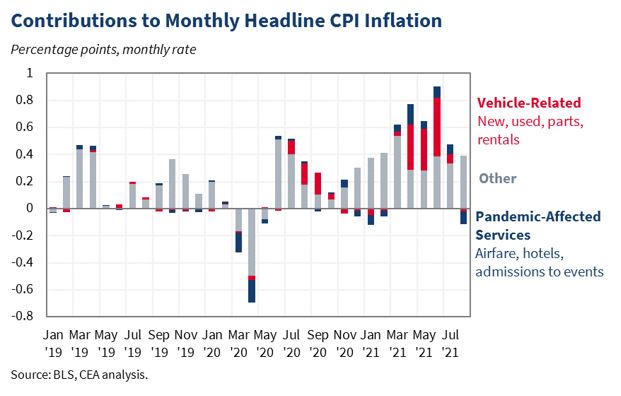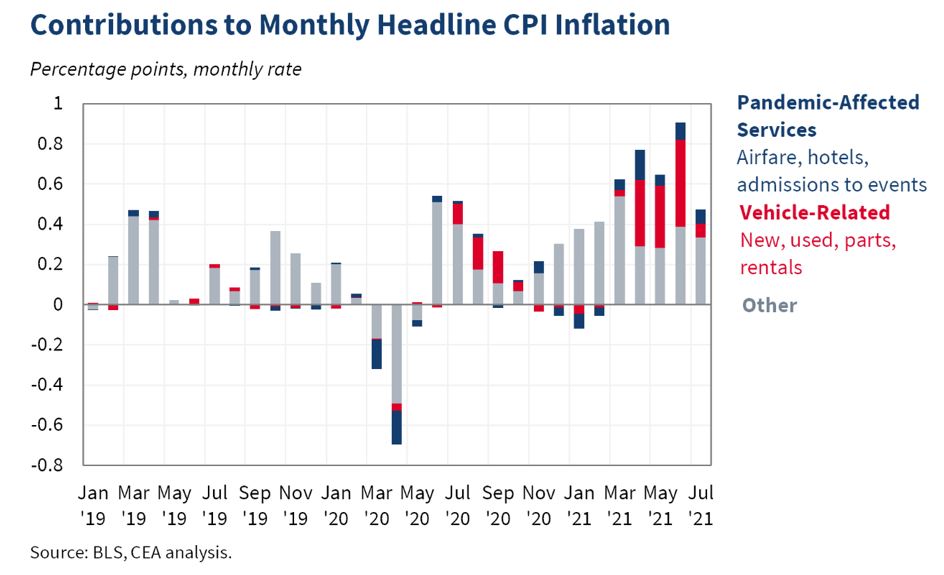
CEA’s latest blog outlines the economics of legalizing unauthorized immigrants. 1/ whitehouse.gov/cea/blog/2021/…
Immigrants make important contributions to the U.S. economy. Most directly, immigration increases potential economic output by increasing the size of the labor force. 2/
Immigrants have also been shown to increase innovation, a key factor in generating improvements in living standards. 3/
Hunt & Gauthier-Loiselle find that a 1 percentage point increase in the population share of immigrant college graduates increases patents per capita by 9 percent to 18 percent. 4/ pubs.aeaweb.org/doi/pdf/10.125…
About 73 percent of unauthorized immigrant adults ages 18 to 65 were employed in any given year from 2014 to 2019, roughly equal to the employment rates of non-citizen legal residents and U.S. citizens. 5/
Permanent legal status would likely allow these workers to be more productive, gains that could be realized through a variety of channels. 6/
In addition, permanent legal status would allow currently unauthorized immigrants to pursue and accept jobs for which their skills are well-suited, rather than being restricted to particular sectors of the economy, such as agriculture, construction, and leisure & hospitality. 7/
In a market economy, employees' productivity influences their pay. As a result, productivity improvements—through better job matches, investments in skills, and increases in physical and mental health—should be reflected in increased wages among the legalized immigrants. 8/
Research on DACA (which allowed certain Dreamers to obtain work authorization) found that the wages of DACA-eligible Dreamers rose 4 to 5 percent by 2016 relative to those not eligible. 9/ scholar.harvard.edu/files/gborjas/…
These findings signify that even though these unauthorized immigrants may currently be working in the United States, providing them with legal permanent status would increase their effective labor supply and improve U.S. economic growth. 10/
Though some argue that increased take-up of social programs would generate a substantial fiscal cost to the government, the productivity of the newly-legalized would likely increase, which would benefit all in the United States by expanding economic output. 11/
Further, the ensuing increase in wages and compliance with tax requirements would increase their contributions to public sector finances, and their children would benefit from their new legal status, suggesting longer-term benefits to the immigrants and the rest of society. /end
• • •
Missing some Tweet in this thread? You can try to
force a refresh






